Norwegian
Science and Technology Museum, Oslo
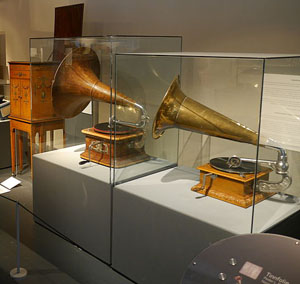
Phonographia's
PhonoAvenue
Doug Boilesen 2023
The Norwegian Science and Technology
Museum in Oslo, Norway has a music machine gallery and an exhibit
titled Museum Machines. The following comes from the museum's
website. At the time of creating this page the website was being
redeveloped and this gallery was not accessible. The following
are gallery photographs and a link to the
website when it becomes available.
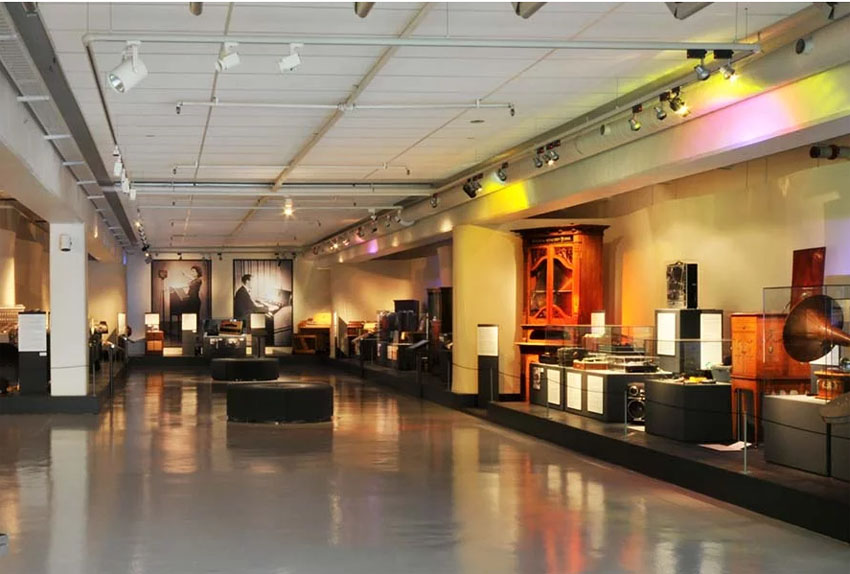
Music Machines
Gallery
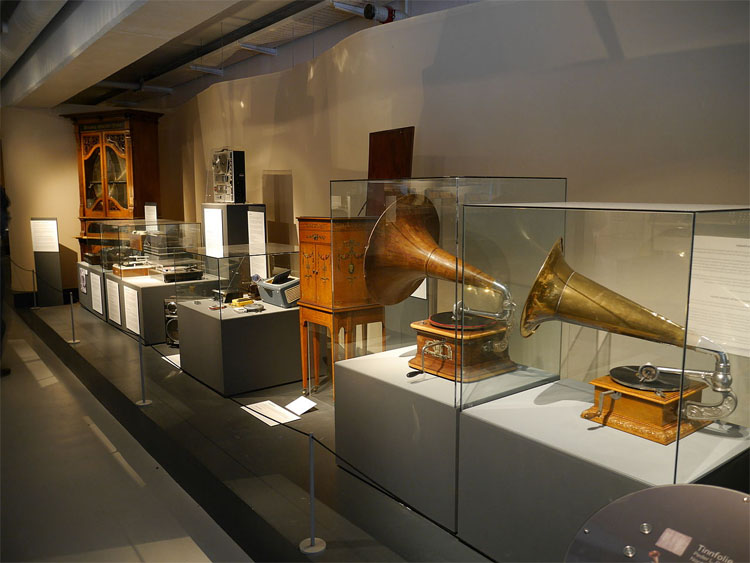
Gramophones (Courtesy
of Negut Gabriel, 2023)
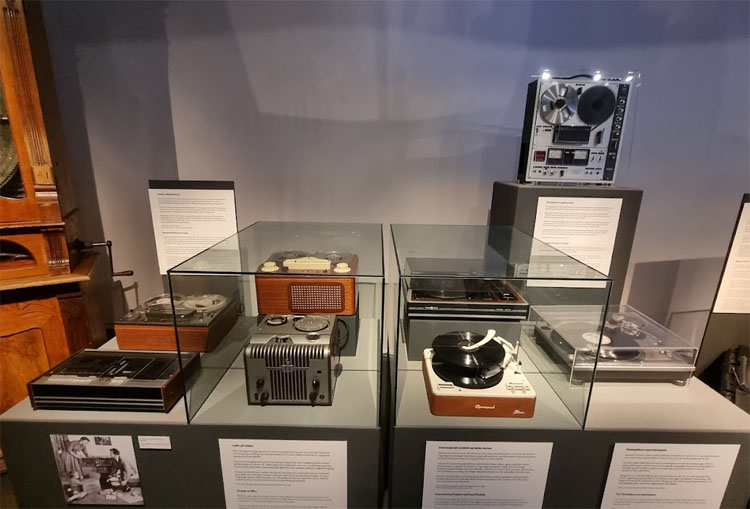
Variety of recording
and sound playback machines (Courtesy of Lukás Struhal,
2023)
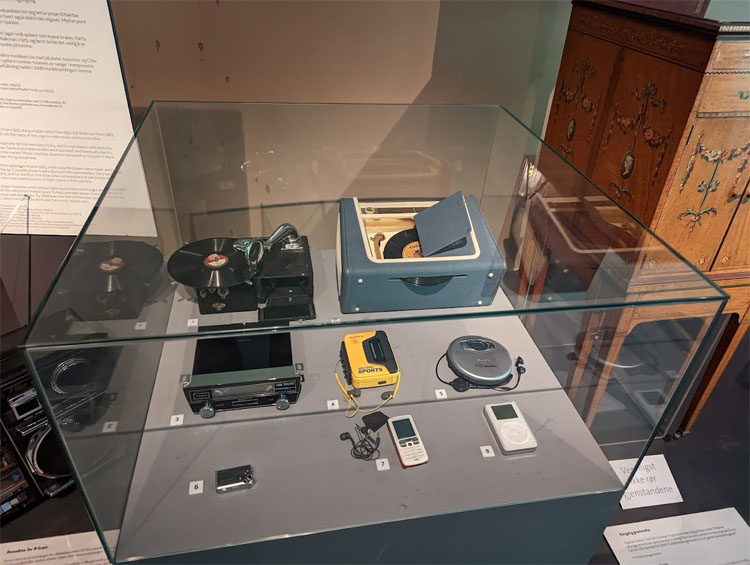
Variety of portable
sound playback machines (Courtesy of Andrei Stefan, 2023)

Living Room displaying
home entertainment - Phonograph, radio, tape recorder and television.
(Courtesy Jonulf Sen, 2022)
The Museum's website
included the following description for their exhibit "PEOPLE
– MUSIC – MACHINES" which was on display in 2023.
About
the exhibition by Frode Weium.
In the summer of 1989 a Norwegian
newspaper, Verdens Gang, interviewed musician Marius Müller.
A photo showed Müller sitting in the Scanax recording studio
with a computer keyboard on his lap and his coffee cup resting
on the keyboard of a Fairlight music computer, which cost
over NOK 630,000 (at the current exchange rate about £6,300).
The headline asked, “Computer music – better than the musicians?”
According to Müller, computer-programmed recordings had a
number of advantages; they saved both time and money. However,
a computer could not entirely replace musicians. The machine
in itself was utterly brainless. “It can’t do more than it’s
told to do. It doesn’t make music, it only makes sounds.”
The issues relating to music
machines were nothing new. Hans Christian Andersen’s 1844
fairytale The Nightingale tells the story of a Chinese emperor
who had a nightingale which sang with marvellous beauty. One
day the emperor was given a new, artificial nightingale. “Thirty-three
times it sang the selfsame song without tiring.” The emperor
and his court were so enthusiastic about the artificial nightingale
that they completely forgot about the real one. But eventually
the artificial nightingale’s machinery broke down, and it
could no longer sing. Then the emperor became seriously ill.
At the end of the story the real nightingale returned and
brought the emperor back to life.